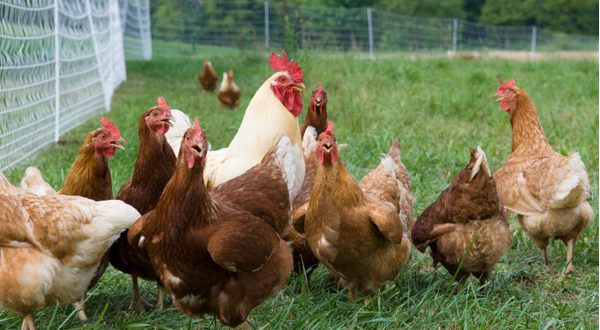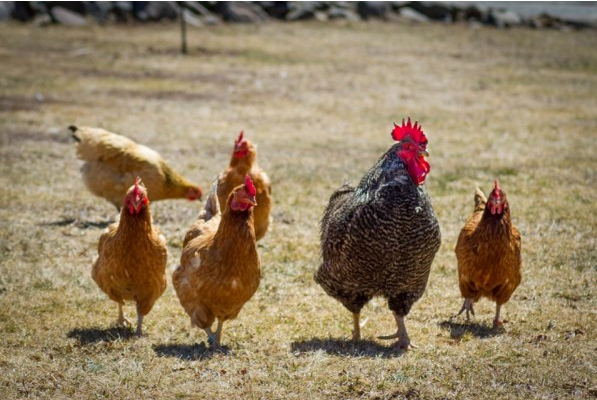Kienyeji chicken is an existing resource in a number of households in Kenya and other African countries. It is very rare coming across a home that does not have an average of 5 Kienyeji or indigenous chicken for family subsistence. It is also common to have each of the family members owning chicken in the home from the heads of the household to young primary school children who are ordinarily given a hen to ‘try their luck’ in Kienyeji chicken farming in Kenya and thus address their own private needs like school books and pencils when their chicken multiply.
It also a source of eggs and ready, cheap source of protein meat for ‘change of diet’in settings of poverty. Finally it is a source of almost ready income in cases of emergencies like purchase of drugs to address family illness, buy soap for cleaning among other small but equally important household needs or requirements.

Smallholder poultry production is therefore a very powerful tool to easily generate income because farmers are basically not re-inventing the wheel but basically working smart on what they have been doing for generations. If we are focused on getting people to take the first steps towards earning significant money from farming, communities that have a history of Kienyeji chicken rearing have to be mobilized through small investments in indigenous chicken production. Smallholder poultry keeping has the potential to a change a people’s way of life because it offers the farmers a number of advantages:
Flexible Production: This kind of production system at the village level can be adapted or done in different agro-ecological areas thus not limiting in its scope of generating income and particularly the remote and poorer neighborhoods that are resource constrained. The local population only needs to increase their production with only very minimal inputs. This kind of flexibility ensures that anybody almost anywhere in Kenya and indeed in East Africa can keep indigenous (Kienyeji) chicken.

Low labour Requirements: Kienyeji chickens in the remote villages are given only what food leftovers are available but largely left to roam and scavenge for their own food. Direct labour going into their rearing is very minimal making it one of the easiest undertakings for low-income earners.
Inexpensive Housing and Low Input: Kienyeji chicken can be kept in any housing that is made using locally available resources and therefore does not require huge investments in housing construction. They are hardy and can live in any condition provided they are not visited by extremes of temperature.
Income Generation:Kienyeji chicken farming can earn any family enough income to help them respond to their basic needs through personal selling by the locals in local markets, to neighbours, institutions like schools and hospitals and in community social events like funerals and weddings.
Kienyeji chicken farming may also be the first rung on the livestock ladder that allows smallholder farmers to progress through increase of economic activities to improve their circumstances. A farmer may keep chicken, save and buy a goat or sheep which multiplies and are sold to buy a cow that supplies milk for the family and earns income.
Kienyeji chicken farming can therefore be employed successfully among the smallholder farmers in rural and peri-urban settings to generate income if farmers are adequately assisted with basic capacity building in increasing production, strengthening financial access and linkages and access to markets so farmers can make contract sales and plan with their lives. We also need to employ effective gender-sensitive methodologies to ensure the organized and profitable rearing of poultry is a source of improved livelihoods not pain in these struggling households where sometimes the chicken belong to the wife during production but ownership cedes to the man at point of sale and use of the money so realized.